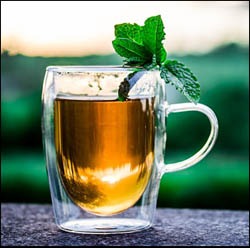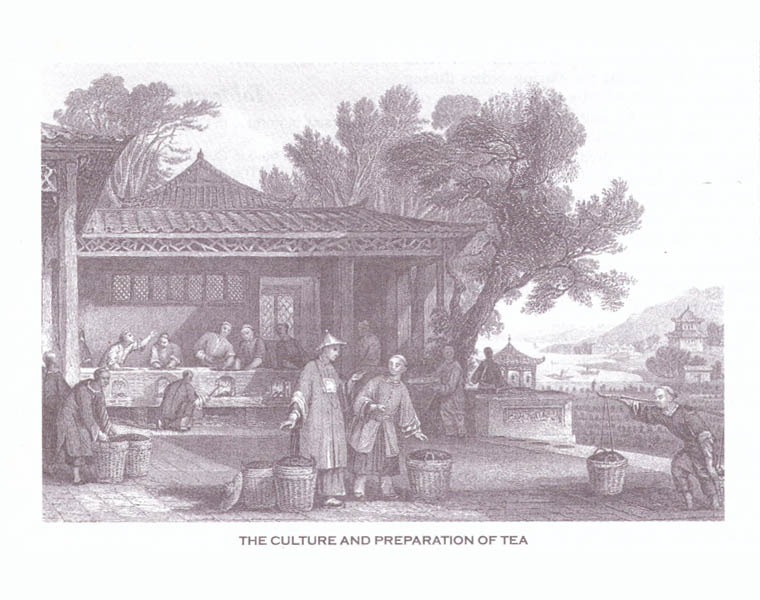Tea Craft
 The art of making tea is known as “tea craft,” as it takes lots of knowledge and experience to make tea. When people learn of a tea farm in Fairhope they readily assume that you just pick and dry the leaves. If you do just that, it makes a dirty water that is flat, has no character and tastes a little like tea. The process begins the second the leaves are plucked, and a series of steps have to be followed to produce the product desired. Just subtle differences in temperature, moisture content, age of the tea growth and timing all have a profound effect on the finished tea.
The art of making tea is known as “tea craft,” as it takes lots of knowledge and experience to make tea. When people learn of a tea farm in Fairhope they readily assume that you just pick and dry the leaves. If you do just that, it makes a dirty water that is flat, has no character and tastes a little like tea. The process begins the second the leaves are plucked, and a series of steps have to be followed to produce the product desired. Just subtle differences in temperature, moisture content, age of the tea growth and timing all have a profound effect on the finished tea.
The Sri Lanka Tea Institute published, in the 1980’s, a large volume of tea research of scientific papers as a celebration for their 25th anniversary year. In that publication was a large fold out line graph chart that took the processing of green leaves to a finished product. The lines went through every step showing how long each step took, how dry or how moist the leaves were, at what temperature each step was conducted and indicated most all the factors involved. This chart indicated the wide range of conditions of all the steps conducted by different producers all over the world.
Making tea from the freshly picked green leaves is a closely guarded secret. People who do share it do so with considerable compensation. Even recently, a group of tea professionals visiting the Fairhope tea farm admit that they do not put their acquired techniques into published writings.
The Fairhope Tea Plantation has conducted trials, taste tests, and experiments with a wide variety of different tea making, picking and growing techniques. Every year a new technique is tried, some work well and some don’t. This gives the Fairhope teas a bit of variety and increases the knowledge and experiences of the Plantation’s tea makers.
Finished tea is usually grouped into two categories, green and black. Green tea tends to save the natural sugars and starches of the leaf and black tea is flavored by an oxidation process. The Fairhope Tea Plantation makes green and black and most every blending of processing steps of each to make some very unique teas.



